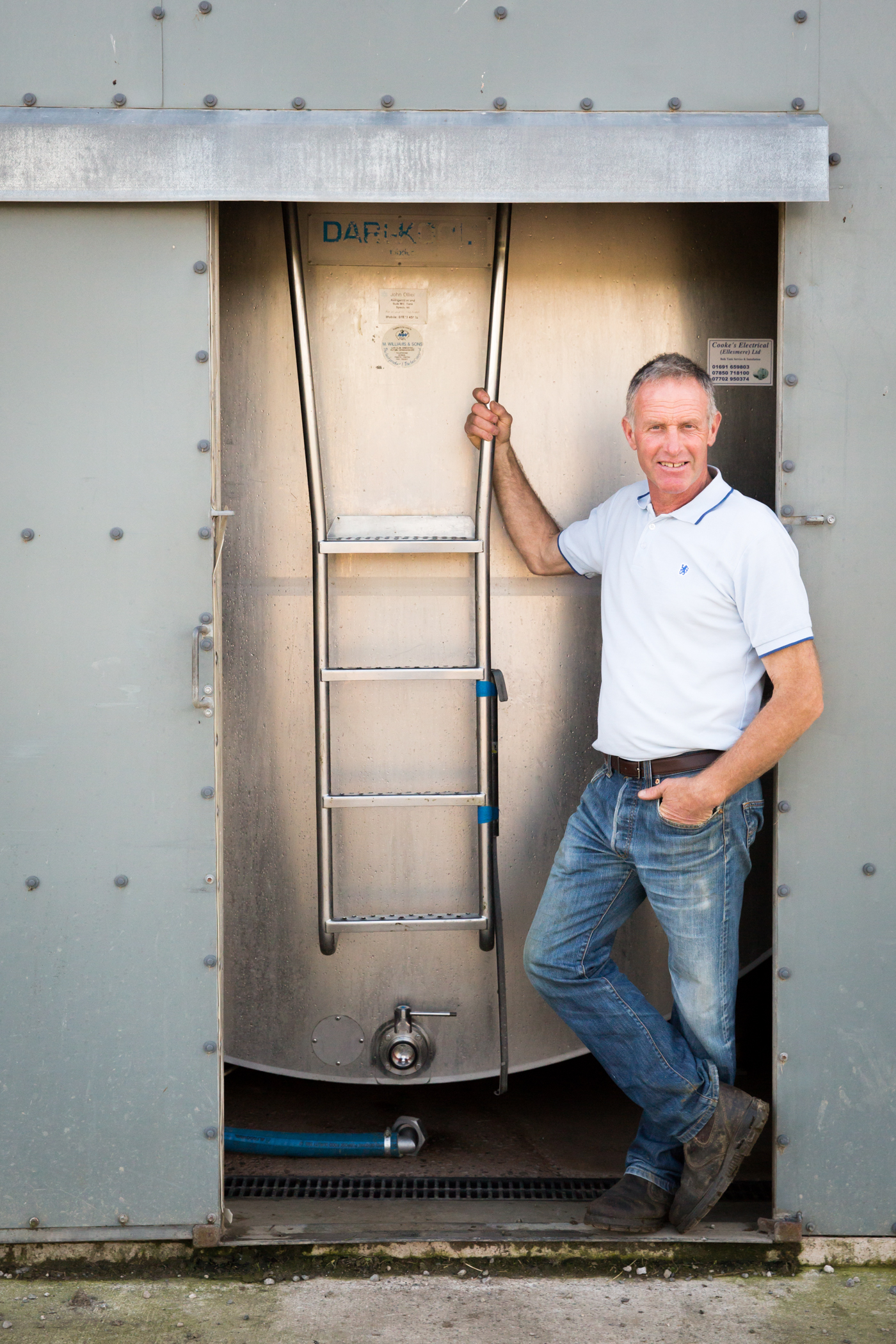- Home
- Knowledge library
- Impact of dam infection on the risk of Johne’s Disease in Dairy cattle (PhD)
Impact of dam infection on the risk of Johne’s Disease in Dairy cattle (PhD)
Summary
Summary
Johne’s disease of (JD) is caused by Mycobacterium avium subsp. paratuberculosis (MAP). In GB 59% to 77% of dairy herds are believed to be MAP-infected. Most MAP-infection is believed to be picked up in the first few days of life mainly through ingestion of bacteria through the oro-faecal route or drinking contaminated milk. Vertical transmission may also play a role.
Clinical signs of Johnes are often not seen until 3–4 years of age. Clinically affected animals continue to deteriorate and are usually culled on welfare grounds. Financial losses are associated with increased culling costs/mortality, and subclinical costs including weight loss, reduced milk yield and poor fertility. There is no treatment for JD.
It is well accepted that calves of cows that are Johne’s test-positive at calving are at higher risk of picking up the infection. JD-test positive dams are more likely to be excreting high quantities of MAP in colostrum and faeces which may contaminate the calf during calving or suckling.
Herd-level control is based on prevention of transmission and removal of infectious individuals.
Key Findings
- Cows may be transmitting Mycobacterium avium subsp paratuberculosis (MAP) to their offspring at an earlier stage than had previously been thought
- MAP-positive cows are 2.6 times more likely to have MAP-positive offspring than MAP-negative dams
- Offspring are also more likely to test Johne's Disease (JD)-positive if their dam herself seroconverts later in life (i.e. even if the dam was test-negative at the time of calving).
- The management on-farm of the offspring of MAP-positive animals has the potential to significantly reduce the time required to eliminate Johnes Disease
- When a cow tests positive for Johne’s Disease check if any of her calves are still in the herd and decide whether to manage them differently at calving and whether to breed replacements from them.
About this project
Aims and Objectives
- To investigate the importance of dam MAP-infection status on a calf’s likelihood of testing positive for MAP during its lifetime, considering not only the status of the dam at the time of calving but also whether it was identified as “MAP-infected” at any point after that calf was born.
- This long-term study offers a rare and valuable insight into how disease spreads within herds.
A cohort of 440 newly-born calves in 6 UK herds were recruited in 2012-2013. Cows in the milking herd were routinely monitored for the presence of MAP using quarterly milk ELISA testing for up to 6 years while they remained in the milking herd. Statistical analyses compared the risk of Johne’s infection in calves born before and after their dams were identified as being seropositive for Johne’s Disease. The magnitude of the effect of dam status was then compared with that of other risk factors in order to understand its relative importance.
Key results
Dam status was the only factor significantly associated with time to an individual testing MAP-positive. When compared to negative dams, calves born to a dam that was positive at the time of were 2.6 times more likely to test positive for JD during their lifetime.
Where cows tested positive within 12 months after calving the risk of theses calves’ testing positive for JD during their lifetime was 3.6 times higher than for the calves of cows that still tested negative. Even when the dam tested positive for the first time more than 12 months after calving, her calves’ risk of testing positive was 2.8 times higher.
This important research shows the need to not just to consider Johne’s status of cows at calving but to continue to monitor her status later in life. The economic implications of taking action to reduce the risk of MAP infection are, therefore, well worth considering.


